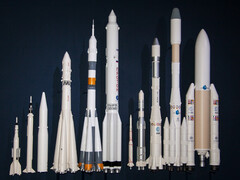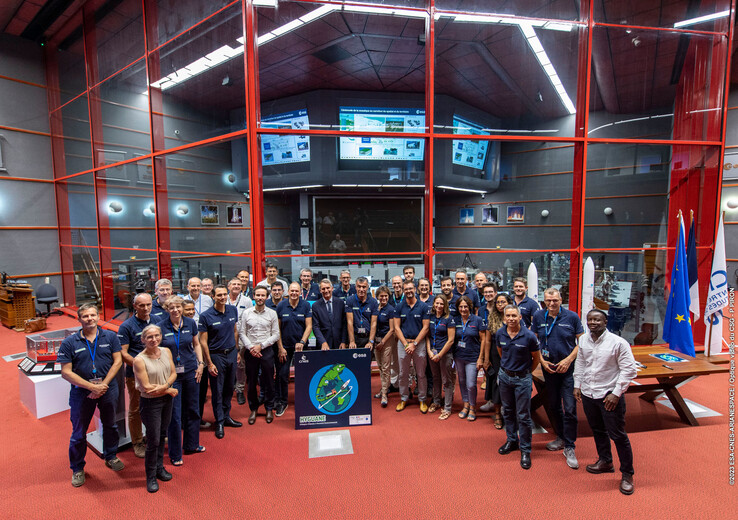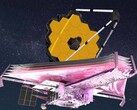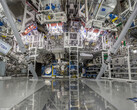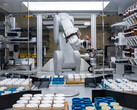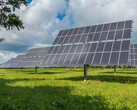Last but not least, the little race between multi-billionaires Bezos, Branson and Musk to find the best way into our orbit has raised the question of how sensible or simply wasteful such excursions really are. And whether there aren't better projects in which to invest energy, time and money.
Satellites, research in zero gravity and work on materials for the most extreme conditions are definitely on the plus side for mankind.
ESA is also planning to tackle the less advantageous aspects such as the gigantic CO2 footprint of space travel. After all, the European launch vehicle burns around 500 to 600 tons of fuel with each launch, depending on the payload. At the same time, this involves liquid hydrogen and oxygen.
Both can be obtained from natural gas. However, both can also be obtained by hydrolysis using electricity. The fact that there is no shortage of solar power in French Guiana, the launch site of Ariane, naturally simplifies the process.
The fuel obtained from water is to be made available locally from 2026. According to current figures, 80 percent less carbon dioxide will be released during the production process. However, the first factory can only produce one eighth of the fuel required annually for rocket propulsion.
The plans are therefore much more far-reaching. Especially as 90 percent of the energy is to come from renewable sources by 2030.
The prospects for further use are interesting, especially in the form of generators. Where there is no central power supply, the necessary hydrogen could then be produced in a sufficiently compact form using solar power, which is abundant almost everywhere, at least in bound form.
And when electricity is needed, a hydrogen generator would start up where diesel generators currently run.


